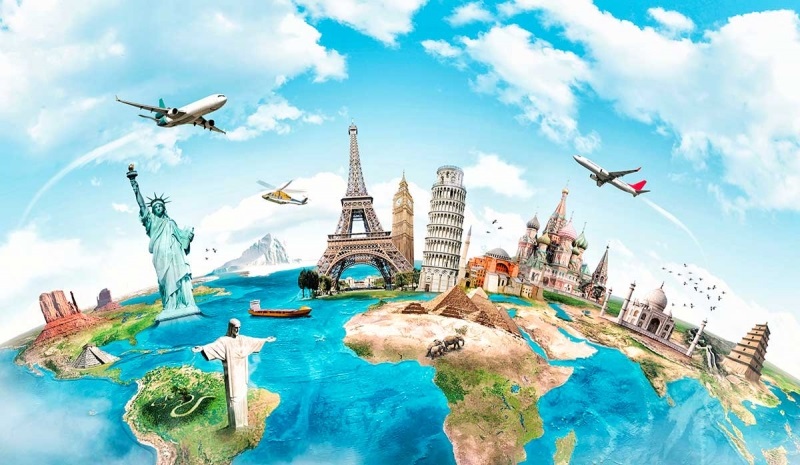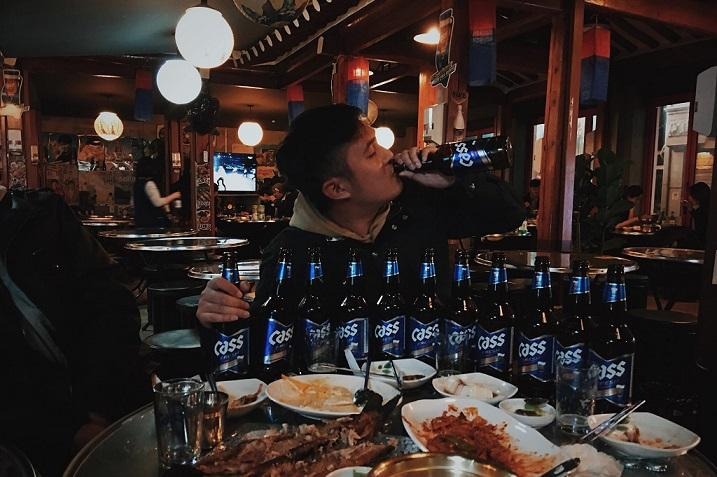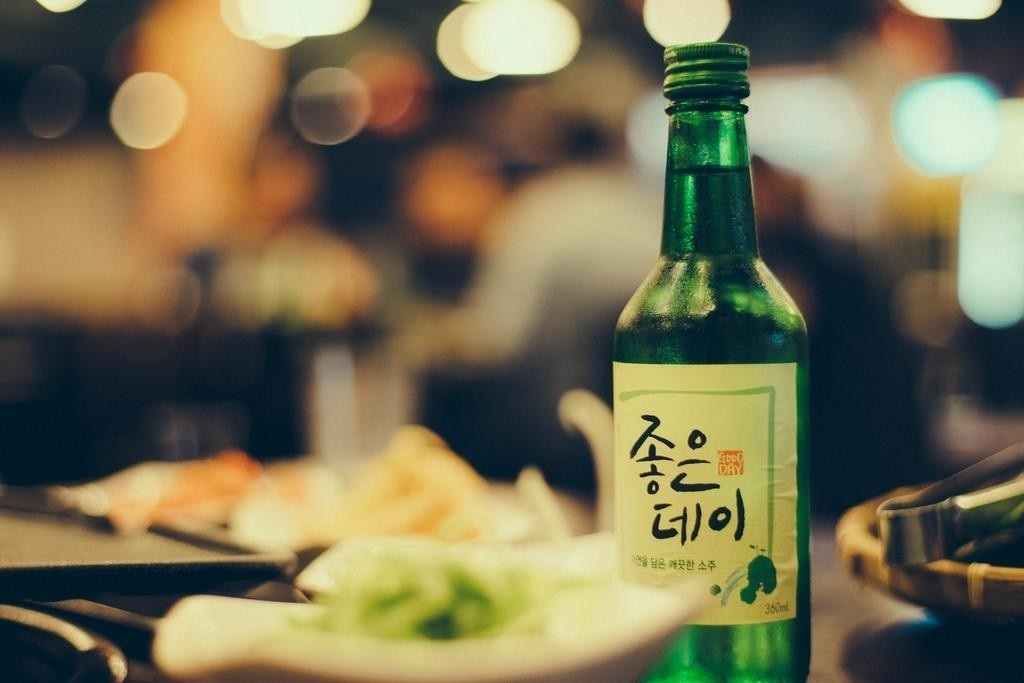Science tourism
Definitions and Objectives of the Tourism Marketing

Definitions and Objectives of the Tourism Marketing
Definition of Marketing by American Marketing Association (AMA)2016: “the activity, set of institutions, and processes for creating, communicating, delivering, and exchanging of offerings that have value for customers, clients, partners, and society at large”
As long as the inherent sense of curiosity and adventure dwells in the hearts of human beings, the desire to travel, in order to see new sights and experience new things and to live under different environments, will always grow. Hence marketing in the tourism industry is greatly simplified, as part of the process has already been completed by the desire for travel in people. Tourism is a very complex industry because of its multi-faceted activities which together produce the ‘tourist product’. It is also complex because of various subsectors that are in themselves complex industries, if considered independently.
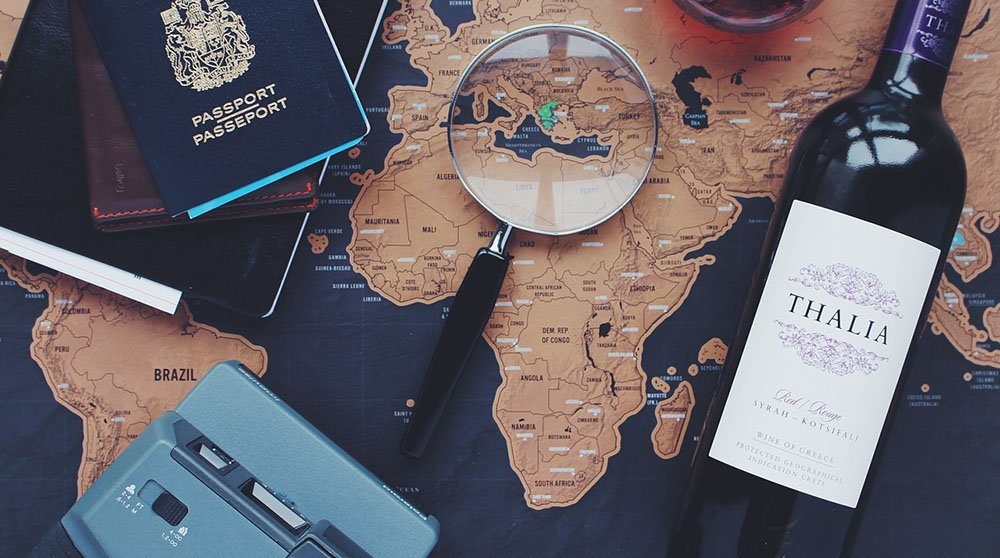
Definition of Tourism Marketing by Shodhganga inflibnet: “Tourism marketing can be defined as the systematic and coordinated efforts exerted by the National Tourist Organizations and the tourist enterprises at international, national and local levels to optimize the satisfaction of tourists, groups and individuals, in view of the sustained tourism growth”.
Characteristics of Tourism Products
Tourism product is a combination of Services and Commodities and is determined by the quality of tangible and intangible nature of tourism products and services to enrich tourist experience and to make tourist happy and delighted. The supply of Tourism Products is fragmented in such a manner that each service element is determined by the peculiar nature of the tourism business. The structure of a tourism products is divided into 4 components: (1) Itinerary, (2) Lodging, (3) Catering, and (4) Additional Services. There are 3 producers of Tourism Products: (1) Principal Service Provider, (2) Tour Operators, and (3) Destination Marketing Organizations (DMOs).
Intangibility: The products can’t be seen but can only be felt and can’t be tested before use.
Perishability: Tourism products can’t be stored for future sales and time available to experience the beauty of tourist destinations and services can’t be kept on hold.
Production Methods: Tourism products and services are produced and consumed in the same location. The levels of service to be provided by the staff may vary between staff members.
Involvement in Services: The behaviours of one customer can ruin the service experience of others.
Distribution of Channels: There is no physical distribution system in tourism industry and the visitor or guests have to come to the venue where the purchased service or products are served.
Cost Determination: Cost of tourism services are fixed by the type of services as per order of guest.
Relationship of Services to providers: Some services are inseparable from the individuals who matter in terms of ensuring the quality of services, such as the famous chef in the restaurant.
Typography of the Tourists (1)
Tourist can be classified into various categories on the basis of motivation behind travel, purpose of travel, number of tourist arrivals, and geographical area of the visits. Classification of tourist on the basis of Motivation behind the travel are as follows:
Recreational tourists: Those who wish to move out from the hustle and bustle of city life to rest, rejuvenate, and recoup physical and mental vigour.
Pleasure tourists: Those who want to spend their holiday experiencing a change of climate, seeing something new, enjoying natural scenic beauty, spending time on a crowded beach, and undertaking adventure sports for a thrilling experience.
Business tourists: Those business persons, political representatives, academics, and government employees who are motivated to attend conferences, conventions, symposia, and meetings.
Educational tourists: Those teachers, students, researchers, and scholars who are visiting educational institutions for exchanging programmes and for pursuing higher studies.
Health tourists: Those who are travelling to medical treatment and health care centers for treatment, rejuvenation and any other medical purposes.
Cultural tourists: Those who travel to see displays of the tradition and custom of the host countries for music, dance, paintings, rituals etc., and enjoy various cuisines, fairs, and festivals.
Religion/pilgrimage tourists: Those who wish to visit religious places or shrines for the fulfilment of their religious needs in life.
Visiting friends and relatives tourists: Those who visiting friends and relatives are called as VFR.
Typography of the Tourists (2)
Classification based on destination life cycle
Under Volatility, Uncertainty, Complexity and Ambiguity (VUCA) environment, the tourist destination, like any other product, can be Categorized into 3 types as per their life cycles; short-term, medium-term and long-term cycles:
Short-term cycle: The short-term cycle lasts for a year or Less as a majority of tourist destinations are seasonal.
Medium-term cycle: The medium-term cycle lasts for a period of a few years and the change is caused by changes in tourist perception, demographic changes, change in the socio-political conditions of the destination, fluctuations in the value of currency, currency appreciation, increasing social unrest and crime.
Long-term cycle: The long-term destination life cycle has four stages; Discovery or Inception, Growth, Saturation or Stagnancy and Decline.
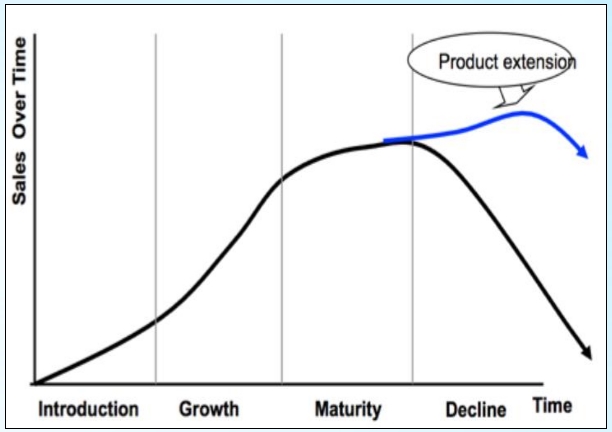
Typography of the Tourists (3)
.jpg)
Typography of the Tourists (4)
Classification based on Emerging Trends
In recent years, various forms of special-interest tourism have emerged to meet the needs of the new-age tourist. Tourism intermediaries give importance to new product innovations to customize the products to suit the motivations, interest, time, affordability, health conditions, and family needs of tourists. Thus, the emerging forms of special-interest tourism which may be summarized, are purely customer-driven.
Rural Tourism: Rural tourism offers a unique cultural heritage in rural surroundings. With the development of rural tourism, art, crafts, old houses, fairs and festivals, and dance and music forms are preserved to bring back the rich glory of the village culture and offer an authentic experience to visitors.
Agri Tourism: Agri tourism involves the tourist visiting farmhouse and taking a part of cultivation and related activities.
Ecotourism: Ecotourism is a responsible form of travel and tourism that gives tourists an opportunity to study, admire, and enjoy the nature and culture of the place visited, thus it brings the objectives of conservation, community welfare and sustainable management of resources together.
Social Tourism: This form of tourism renders minimum services with which tourists manage their tour and aims at extending opportunities to the lower-income group.
Medical Tourism: This form of tourism offers cost-effective, hassle-free and quality medical services.
Sport Tourism: Sport tourism refers to travel which involves either observing or participating in a sporting event staying apart from their usual environment.
Evolution of Travel Motivation along with hierarchy needs of Maslow
.jpg)
Major Components of the Tourism Business
Tourism is a complex business that depends on the linkages of providers of Transportation, Accommodations and Amenities.
Tourism shall be managed with system approach, whose aim is to simplify the complexities of tourism activities; the components of tourism and its systems, processes, relationships and outcomes. These components are interrelated with a system approach to focus on different perspectives of tourism.
.jpg)
Significance and Scope of Tourism Demand
Tourism is growing industry which is determined by the quality of demand, and the tourism service providers in the Government and private sectors go by the results of Demand Forecasting. While using the demand forecasting outputs, it is quite pertinent to understand the definition, types, and determinants of demand. Tourism policy-makers and planners refer to the forecasting methods in order to decide on the provision of facilities and amenities at the existing and new tourism destinations. Meantime, Government takes all critical decisions on the development of tourist infrastructure by observing the forecasting of UNWTO, the World Tourism and Travel Council(WTTC) and Pacific Asia Travel Association(PATA). Various methods such as Subjective or Qualitative Methods, Quantitative and Objective Methods and Time Series Methods are used by many tourism organizations for forecasting, however if forecasting is complex and broad, services of professional consulting firms may be employed. Demands for tourism products and services continually fluctuate due to economic, socio-psychological and exogenous determinants.
The Law of Demand can be stated as Dx = f(Px, Pr, Y, T, U, D, E).
where;
Px = Price of Commodity,
Pr = Price of Related Commodities,
Y = Income of the Consumer,
T = Tastes and Preferences of the Consumer,
U = Size and Composition of the Population,
D = Distribution of Income,
E = Expected change in Price.
Balance Between Tourism Demand & Supply
Strategies to manage demand supply imbalance in tourism
During peak seasons, the major tourist destinations in any country are often flooded with the tourists but the situation gets reversed as soon as the season passes. The demand and supply never reach a continuum. Both these situations confront the host countries with problems in the fields of human resources, finance, environment, culture and infrastructure. There must be some solutions that can help the host country to overcome these challenges arising out of demand-supply imbalance in tourism.
1) Diversification of tourists’ traffic
There are often only a few destinations in every country that are promoted as tourist destinations. This tagging of the destinations results into such a large traffic inflow to these places that is often unmanageable for the authorities and at the same time troubles the locals. The solution for such issue lies in diversifying the tourists’ traffic to other not-so-popular destinations in the country by adopting the following strategies;
1.Offering heavy discounts on the hotels, restaurants, and sight-seeing etc.
2.Providing strong infrastructural support to the tourists at such places
3.Organizing various fairs and events
4.Designing special packages offering customized solutions
5.Promoting local festivals and culture of these destinations
6.Offering ease in conveyance means by initiating special trains, buses, and flights 7.Relaxing the regulatory norms in such areas Sources
2) Promoting alternate tourism
Leisure is not the only end for most of the people planning for a tour. There is a need to understand this fact and promote alternate tourism serving to other needs of the tourists. These may include the needs for availing medical treatment or higher education which do not depend on the season and can prove to be good sources of earning during sleek seasons.
3) Reducing dependence on international tourists
If one country focuses their attention to attracting international tourists to the country, this adds to the seasonality of the industry because travelling abroad needs huge sums of money and other arrangements. The tourists, therefore, prefer to travel during the peak seasons of the host country in order to get the best value of their money. Hence, the solution lies in providing special offers to the locals during sleek seasons so as to increase their traffic during such times ensuring regularity of earnings and employment.
Tourism Marketing Planning (1)
Marketing is a combination of activities to motivate people to buy the product. A marketing programmecombines a number of aspects for an integrated, viable and strategic plan which is known as marketing mix. The marketing mix which consists of Product, Price, Promotion and Price was introduced by E. J. McCarthy in the year of 1960. This 4 Ps have been expanded its meaning and significance by marketing professionals to 8 Ps in order to better position the products strategically in the tourism market.
Definitions of Tourism and Objectives of the Tourism Development
The Definition of Tourism varies source by source, person by person. There is no consensus concerning the definition of tourism and each and every institution define "Tourism" differently.
Science tourism





